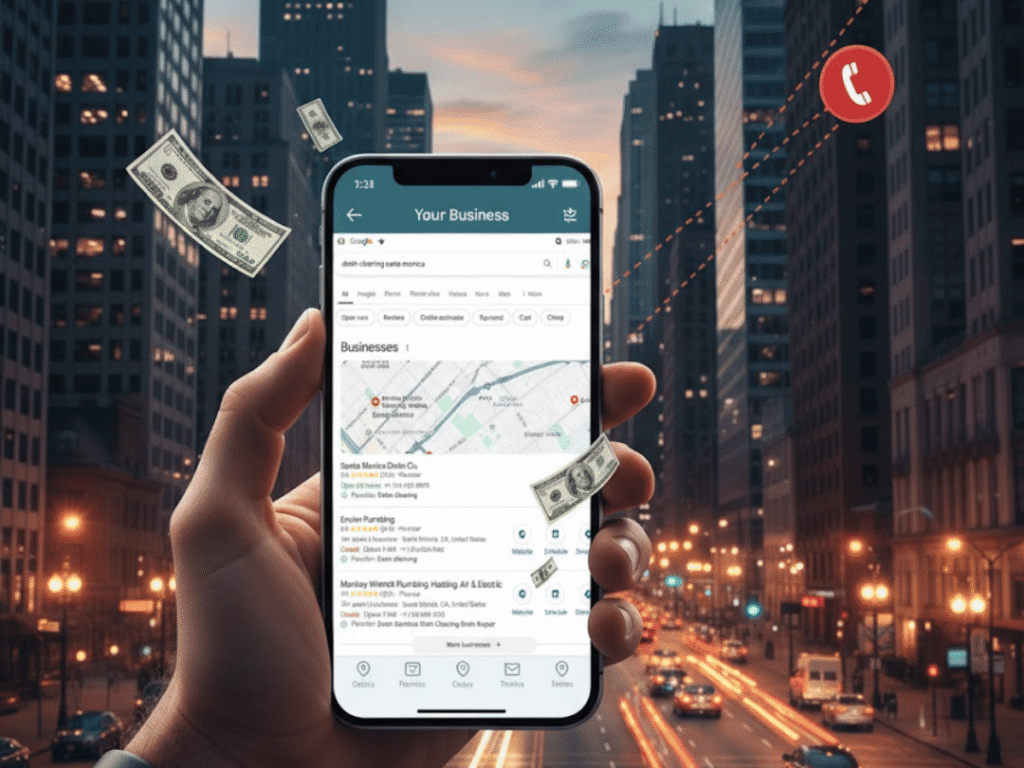
50% of local searchers click Map Pack listings first. Learn why your unoptimized Google Business Profile is losing customers to competitors and how to fix it.

For Canadian businesses, the choice between Google Ads and Facebook Ads isn’t about which is “better,” but which aligns with your immediate goals. Google Ads captures existing demand; Facebook Ads creates new demand. Understanding this core difference is key.
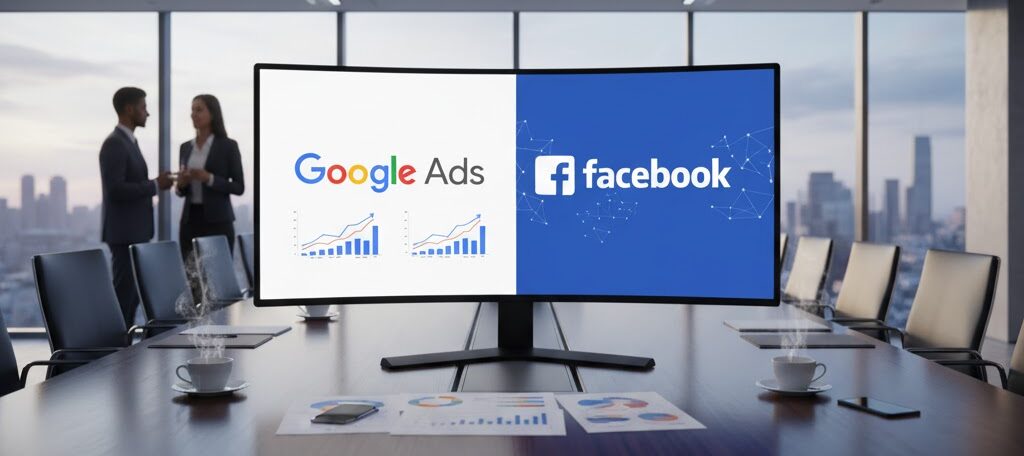
When a potential customer searches “emergency plumber in Calgary” on Google, they have an immediate and urgent need. They are actively looking for a solution. Google Search Ads place your business directly in front of this high-intent user at the exact moment they are ready to buy. It’s powerful because you are providing the answer to a question they are already asking.
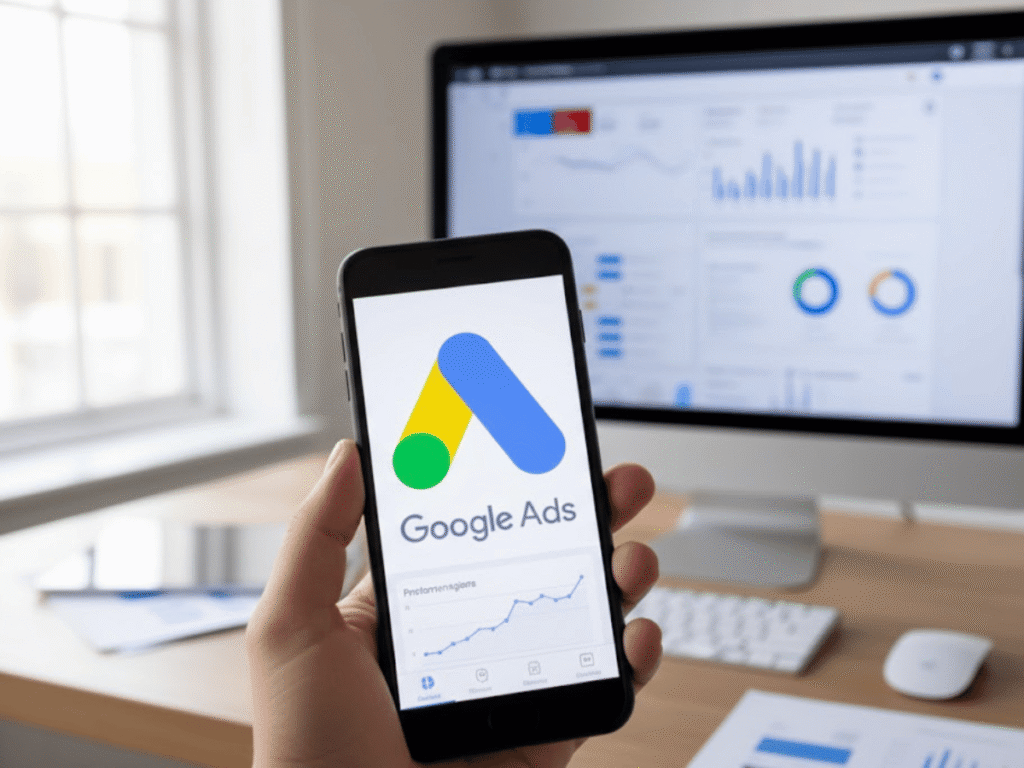
No one scrolls through their Instagram feed actively looking for a new accounting software. However, a compelling ad that highlights a specific pain point can make them stop, realize they have a problem, and discover your solution. Facebook Ads excel at reaching specific demographics and interests, introducing your brand to people who fit your ideal customer profile but aren’t yet searching for you.
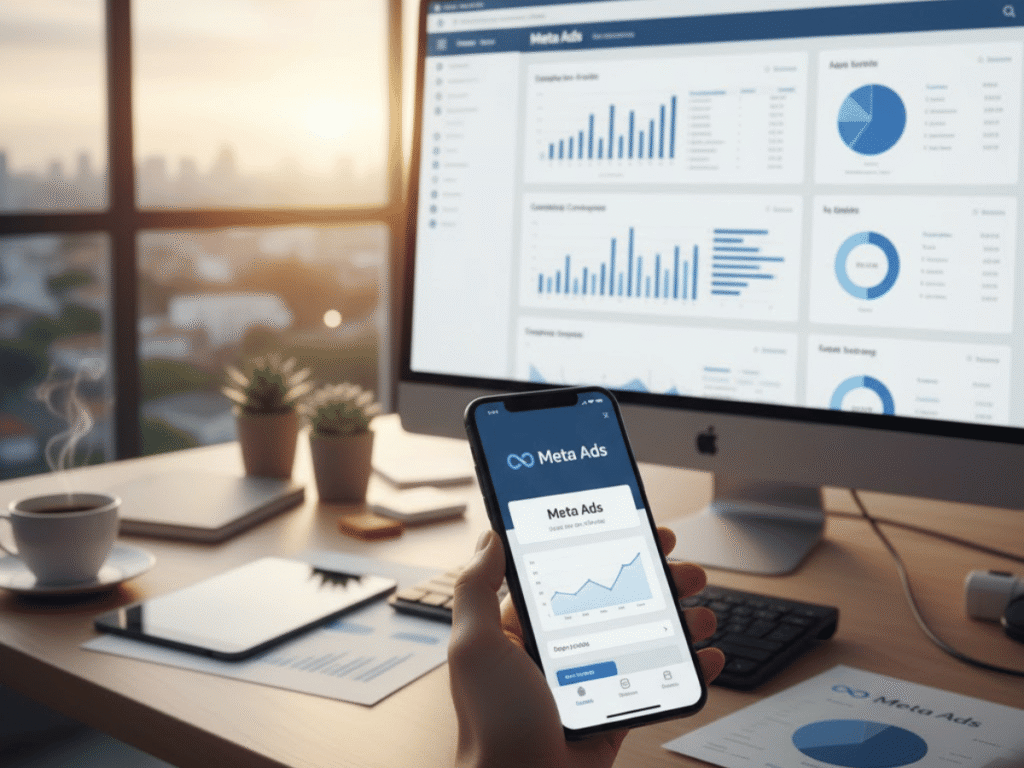
Your industry often dictates your starting point.
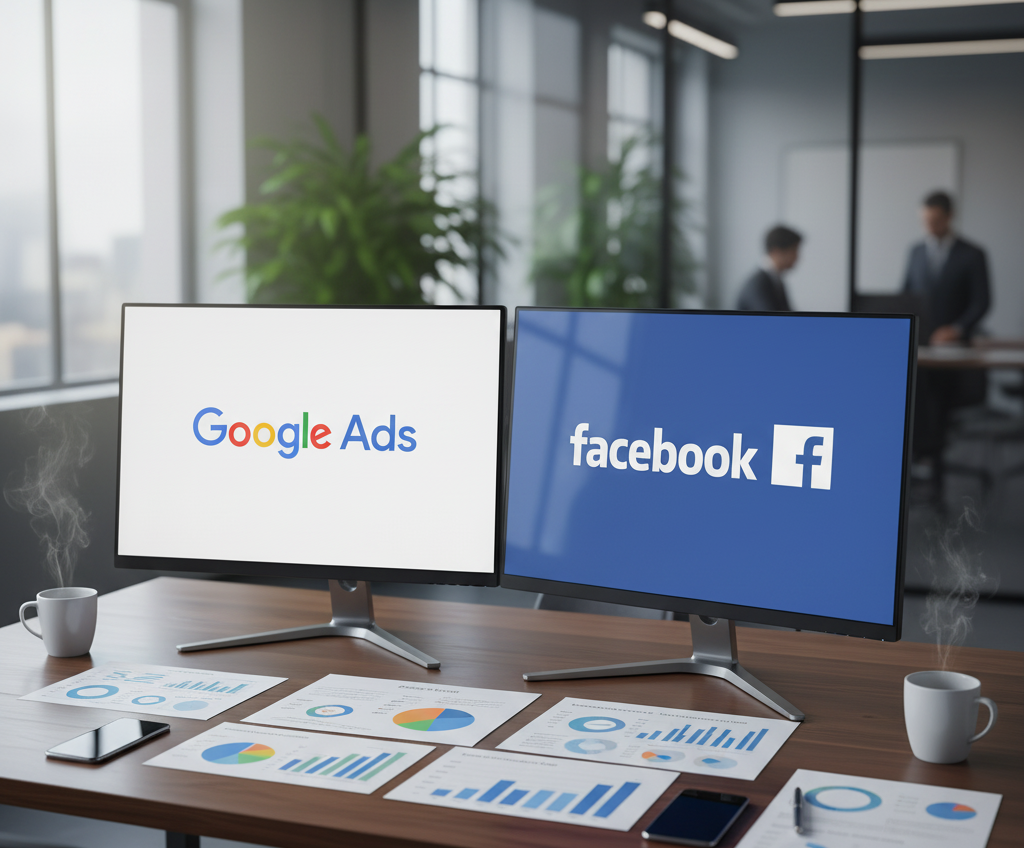
Don’t guess; let data decide. Here’s a simple 4-week plan to find your most profitable platform:

The most successful Canadian businesses don’t choose one platform over the other; they understand how Google Ads and Facebook Ads work together. By testing strategically, you build a powerful, multi-channel strategy that covers both existing demand and new discovery.
Ready to build a profitable ad strategy based on data? Book a discovery call with our experts.

50% of local searchers click Map Pack listings first. Learn why your unoptimized Google Business Profile is losing customers to competitors and how to fix it.

Avoid the #1 mistake that kills ad budgets on Black Friday. Discover PPC tactics proven to stretch every dollar and outsmart big-spending competitors.

Discover why backlinks remain crucial for SEO success. Learn how to build quality links, leverage platforms like DesignRush, and create content that earns natural backlinks.

Our guide for Canadian small businesses covers tested models (weekly, bi-weekly) to find the perfect sending frequency without burning out your audience.

Our guide breaks down the key factors for small businesses to set a budget that delivers results. Find out how to drive real growth.

Discover how to allocate funds across key channels with plans for conservative, moderate, and aggressive growth.

FIll out the form below and we schedule your call with us